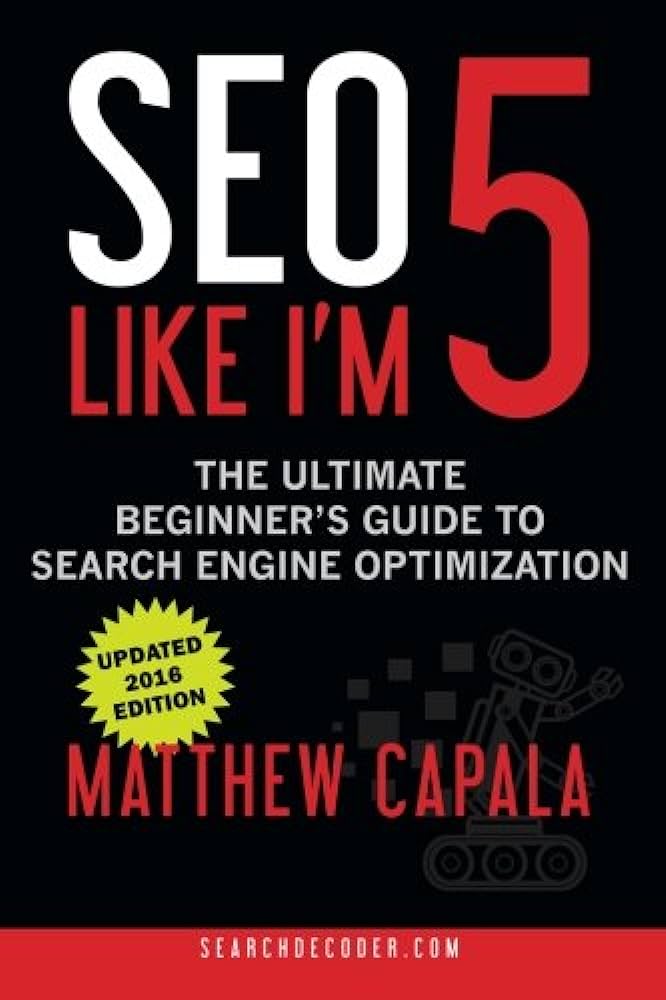The five minute guide to SEO that works – StartupSmart

If you’re a non-technical business owner, like me, then you’d be forgiven for putting SEO in the too hard basket.
SEO, or search engine optimisation, can seem confusing, technical and hard work. But it’s honestly nowhere near as tricky as you think, and it’s totally worth the effort. Like Pareto’s principle of getting 80% of the results from 20% of the effort, there are some easy things to do that will yield most of the results.
And Google is just too big a player to ignore. When search engine optimisation is done properly Google will send qualified people to your website, day in day out, with minimal additional effort.
Taking a few minutes to understand SEO will make the difference between ‘easy wins’ and the ‘too hard basket’. SEO is fun when you can make a few tweaks and start ranking for important keywords, but tiresome when all your efforts yields no results to speak of.
To kick things off, you really want to appreciate the difference between why people are searching:
To find information
This means a person is searching with informational intent and they are hoping to find webpages that can help them solve a specific problem. For example, their search phrase might be: “how to speak more clearly”
To compare suppliers
This means they have a commercial intent and they are looking for a commercial relationship where they can pay to solve a problem. For example, the search phrase might be: “speech pathology Brisbane”
Ranking for both is important. If you are a premium service or a higher priced product, it is especially important to rank for people researching information. There is huge benefit to helping people in their information gathering phase because you give them the chance to get to know, like and trust you before they make their purchase decision.
If you’re only coming to the table when prices are being compared you’ve pretty much forfeited your chance to demonstrate your value. It’s normally too late once your sales people get involved because 70 per cent of the decision has been made.
How does Google work?
Google is really looking at two things when it is ranking your website.
Your content: Your website needs information that matches up with what people are searching for.
Your authority: Your website needs to provide signals to Google that it is trusted source. The number of quality backlinks to your website tells Google this.
So here’s how to do SEO for your website. These simple steps will get you the lion’s share of results.
1. Keyword research
The purpose of this first step is to determine what your prospective buyers are actually searching for to solve their problems. Remember you want to cater to their “informational intent” (information to research) and their “commercial intent” (choosing a supplier).
Always aim to focus on informational intent first because it will give you a chance to demonstrate your value by helping buyers reach their purchase decision.
Ask customers what they search to find you. Then jump onto Google and start to type in these keywords. Google will automatically populate the search box with popular options based on what other people have searched for. This tells you the most popular keywords to target. Also check out the “Searches related to” suggestions at the bottom of the page. Jot down these “target keyword phrases”.
These will often be quite competitive to rank for unless you already have a high authority website, so to improve your odds of ranking on page 1 of Google, the next step is to identify “long tail” extensions of your target keyword phrases. Use the free tool Ubersuggest to get all the long-tail variations of those keywords. Most keyword phrases will be 5-6 words long.
2. On-page SEO
The key with on-page SEO is to include your target keyword in all the right places. This includes in the page title, headings (H1 H2 tags), page description, in the image names and descriptions and, of course, in the article. Always write naturally for a human to read, and your keywords will automatically be sprinkled throughout the article.
3. Off-page SEO
Once you’ve knocked over the first two steps, your off-page SEO is really what will determine whether you are propelled to #1 or are left struggling on Page 2 and beyond.
Essentially you need high quality, trusted websites linking to your webpage. This can be kick-started by asking suppliers and industry peers to link to you, but it’s best done by publishing content that is so compelling that people want to link to it, without you asking!
That’s it. Do these three things and you’ll be getting a steady flow of people visiting your website day in, day out!
The SEO Planning Template is a free download to help guide you through the SEO maze.

